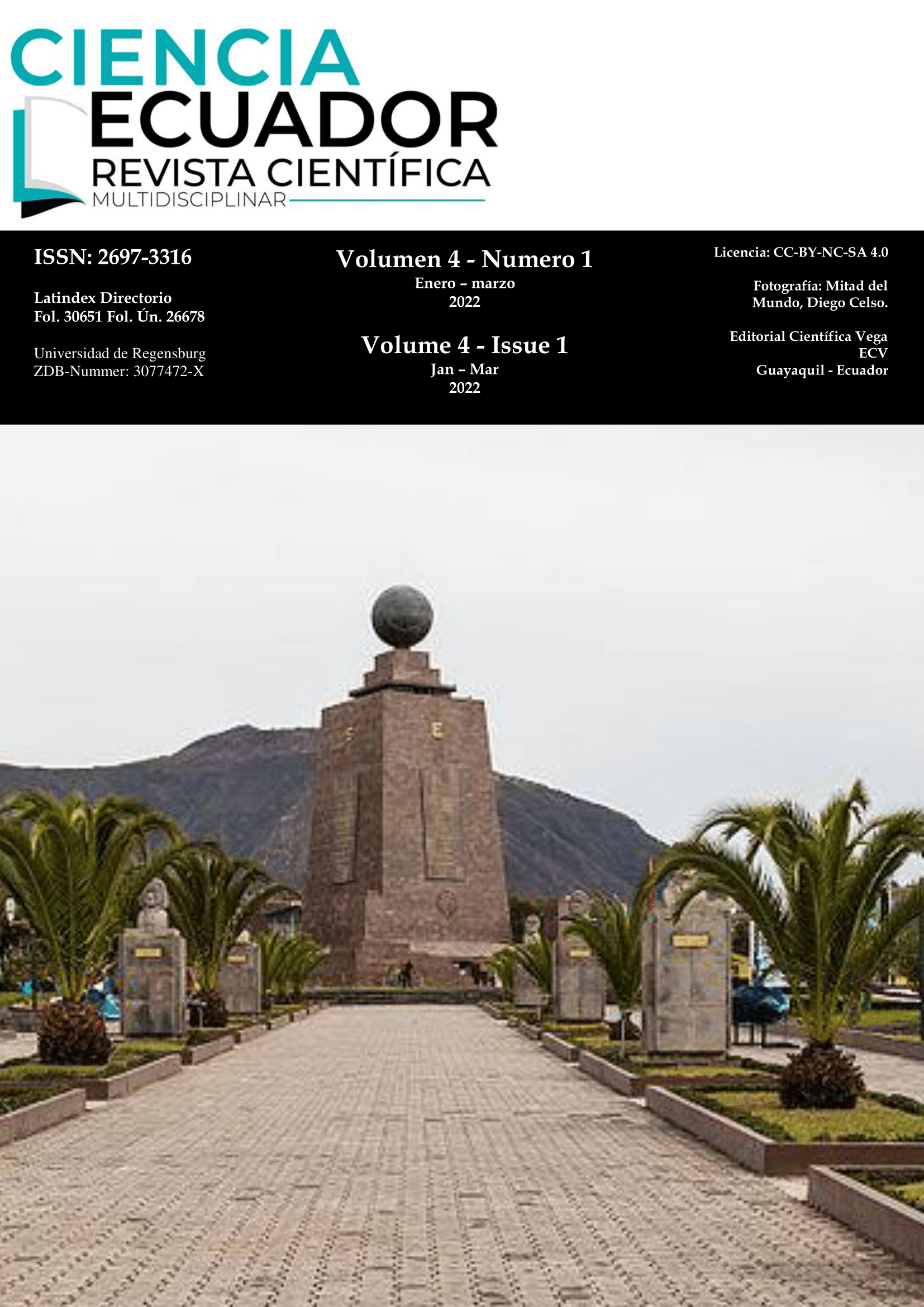Usability of computer systems and software for users with disabilities
Brief o short review
Keywords:
Information technology, Teaching systems and levels, Special educationAbstract
The usability of computer systems and software considers a qualitative attribute defined as the ease of use of a Web page, computer application or any system that interacts with a user. In this scenario, accessibility guides play a significant role in achieving an accessible website. They show how to use Web technologies to create accessible Web sites, browsers or authorized tools. Free software projects aimed at facilitating the user experience of people with disabilities are included, which denote an element of integration into society for people with physical and / or mental disabilities, and not a barrier. This review considers essential notions about assistive adaptive technology and its uses, includes an overview of currently available assistive technology. Such aids make it possible for people with special educational needs to interact in an educational and social context in a more inclusive perspective.References
Observatorio Fundación Vodafone-CERMI. (2011). El estado actual de la accesibilidad de las tecnologías de la información y la comunicación (TIC).
Abella, A.; Segovia, M.A. (n.d.). (s.f.). Libro Blanco del Software Libre en España (II). Obtenido de http://www.libroblanco.com/document/II_libroblanco_del_software_libre.pdf
Brasil/projeto de lei. (2020). Lei 4767/98. 2020. Obtenido de www.mbonline.com.br/cedipod/pl4767.htm.
Campos . (2020). La Tecnologia un camino alternativo para el desarrollo de las personas com discapacidad. Obtenido de www.niee.ufrgs.br/ Icieep/cd- Interior.htm#dos
Hernández, M. . (2015). El concepto de discapacidad: de la enfermedad al enfoque de derechos. Revista CES Derecho, 6(2), 46-59.
Hogetop L, et al. . (s.f.). Tecnologías Assistivas/ Adaptativas : viabilizando a acessibilidade ao potencial individual. .
Kaufman, et al. . (2003). Usability in the real world: assessing medical information technologies in patients' homes. J.Biomed.Inform. Feb-Apr;36(1-2):45-60.
Lobo, J. F. S. ( 2002). La accesibilidad a los sistemas computacionales para personas con necesidades especiales. Pensamiento Actual, 3(4), 65-70.
Mas i Hernández, J. (2003). Software libre en el sector público . UOC. Obtenido de http://www.uoc.edu/dt/20327/index.html
Montoya R. (2002). Ordenador y discapacidad.
Organización Mundial de la Salud. (2001). Clasificación Internacional del Funcionamiento, de la Discapacidad y de la Salud.
Sánchez Caballero, Matías. (2010). Software libre y accesibilidad. En: No Solo Usabilidad, nº 9, 2010. . ISSN 1886-8592. Obtenido de http://www.nosolousabilidad.com/articulos/software_libre.htm?utm_source=feedburner
Sánchez, W. . (2015). La usabilidad en Ingeniería de Software: definición y características.
The Wil Family. (2007). Software Libre para discapacitados. Obtenido de http://www.thewilfamily.com/software-libre/software-libre-para-discapacitados
Web Accessibility Initiative. (2021). Accessibility Fundamentals Overview. Obtenido de https://www.w3.org/WAI/fundamentals/

Published
How to Cite
Issue
Section
License
Copyright (c) 2022 Ciencia Ecuador

This work is licensed under a Creative Commons Attribution-NonCommercial-ShareAlike 4.0 International License.
This is a human-readable summary of (and not a substitute for) the license.
You are free to:
Share — copy and redistribute the material in any medium or format
Adapt — remix, transform, and build upon the material
The licensor cannot revoke these freedoms as long as you follow the license terms.
Under the following terms:
Attribution — You must give appropriate credit, provide a link to the license, and indicate if changes were made. You may do so in any reasonable manner, but not in any way that suggests the licensor endorses you or your use.
NonCommercial — You may not use the material for commercial purposes.
ShareAlike — If you remix, transform, or build upon the material, you must distribute your contributions under the same license as the original.
No additional restrictions — You may not apply legal terms or technological measures that legally restrict others from doing anything the license permits.
Notices:
You do not have to comply with the license for elements of the material in the public domain or where your use is permitted by an applicable exception or limitation.
No warranties are given. The license may not give you all of the permissions necessary for your intended use. For example, other rights such as publicity, privacy, or moral rights may limit how you use the material.


